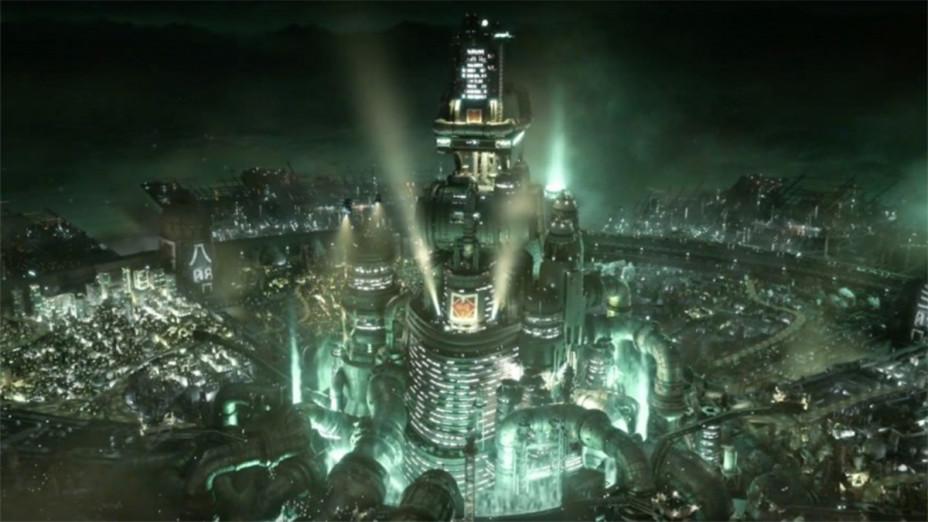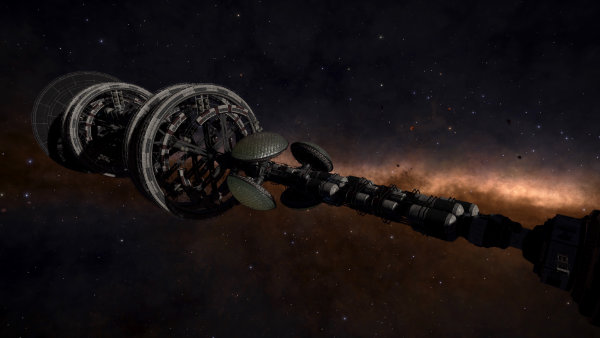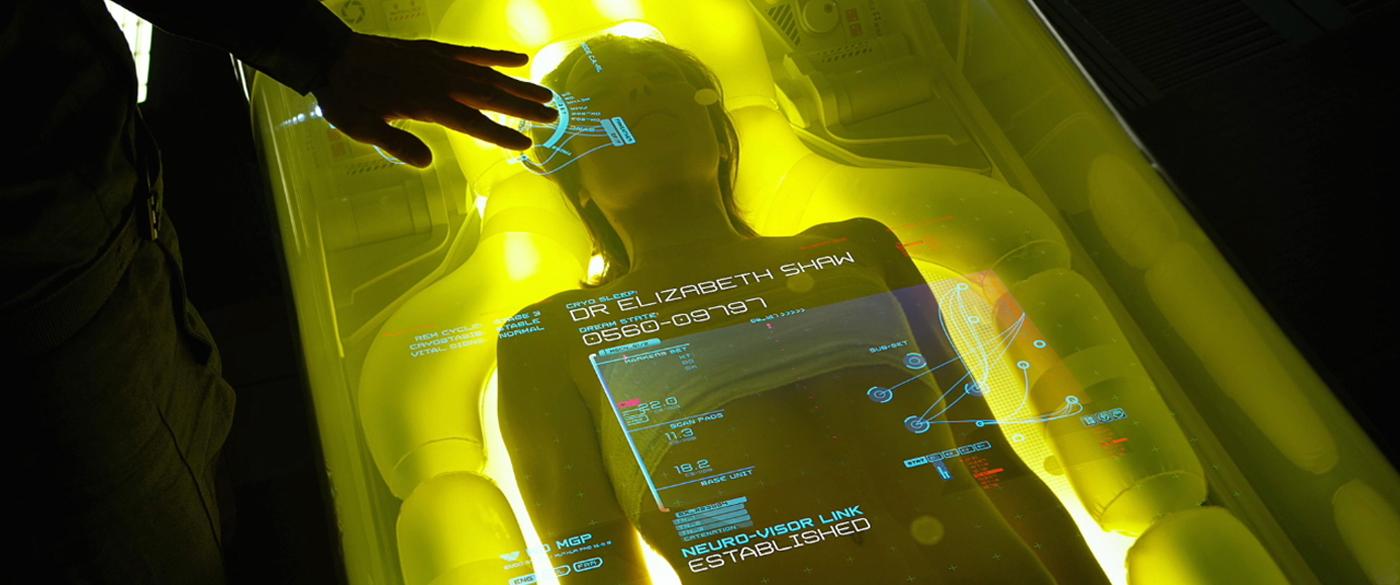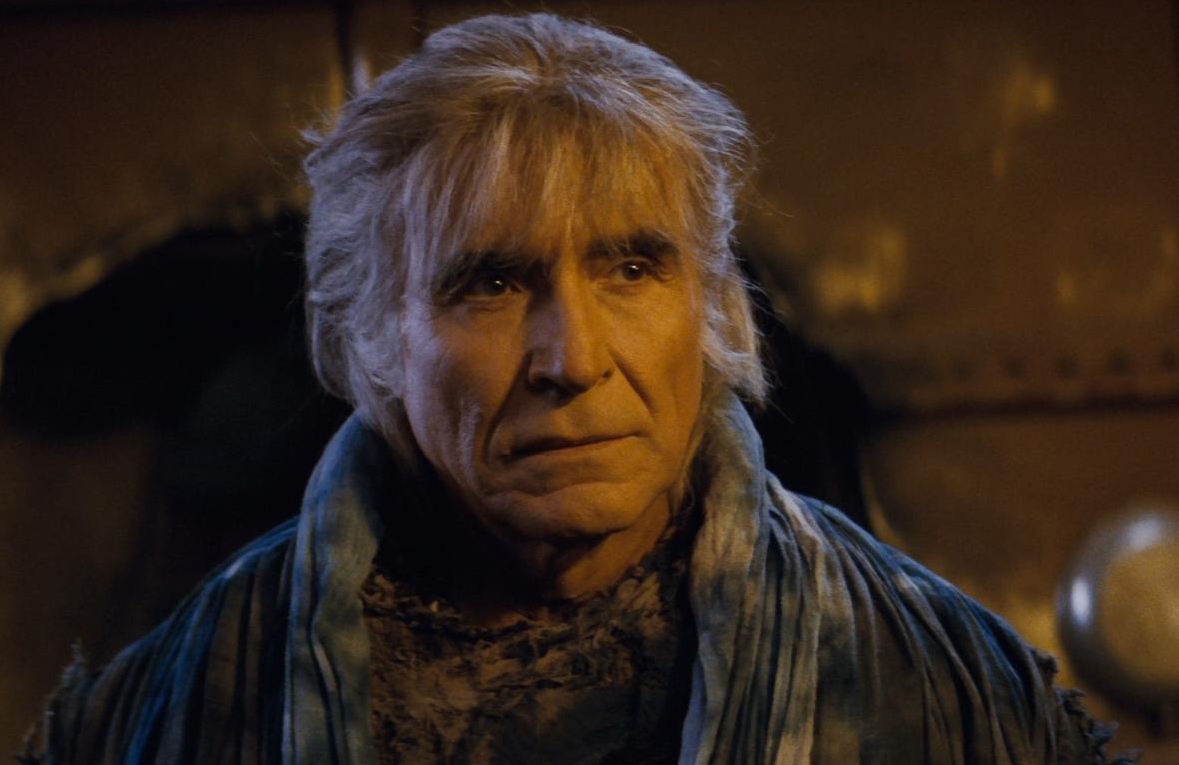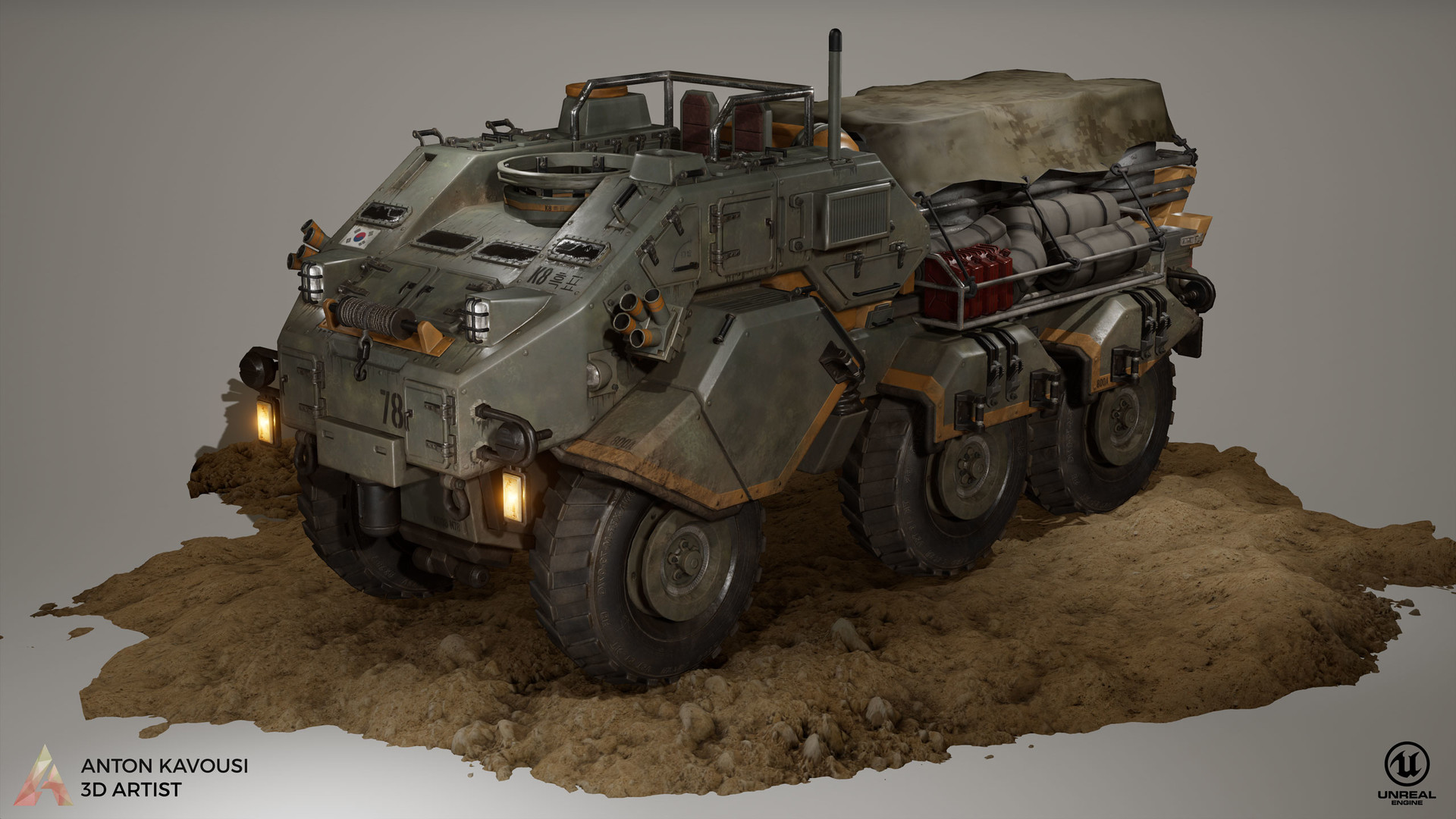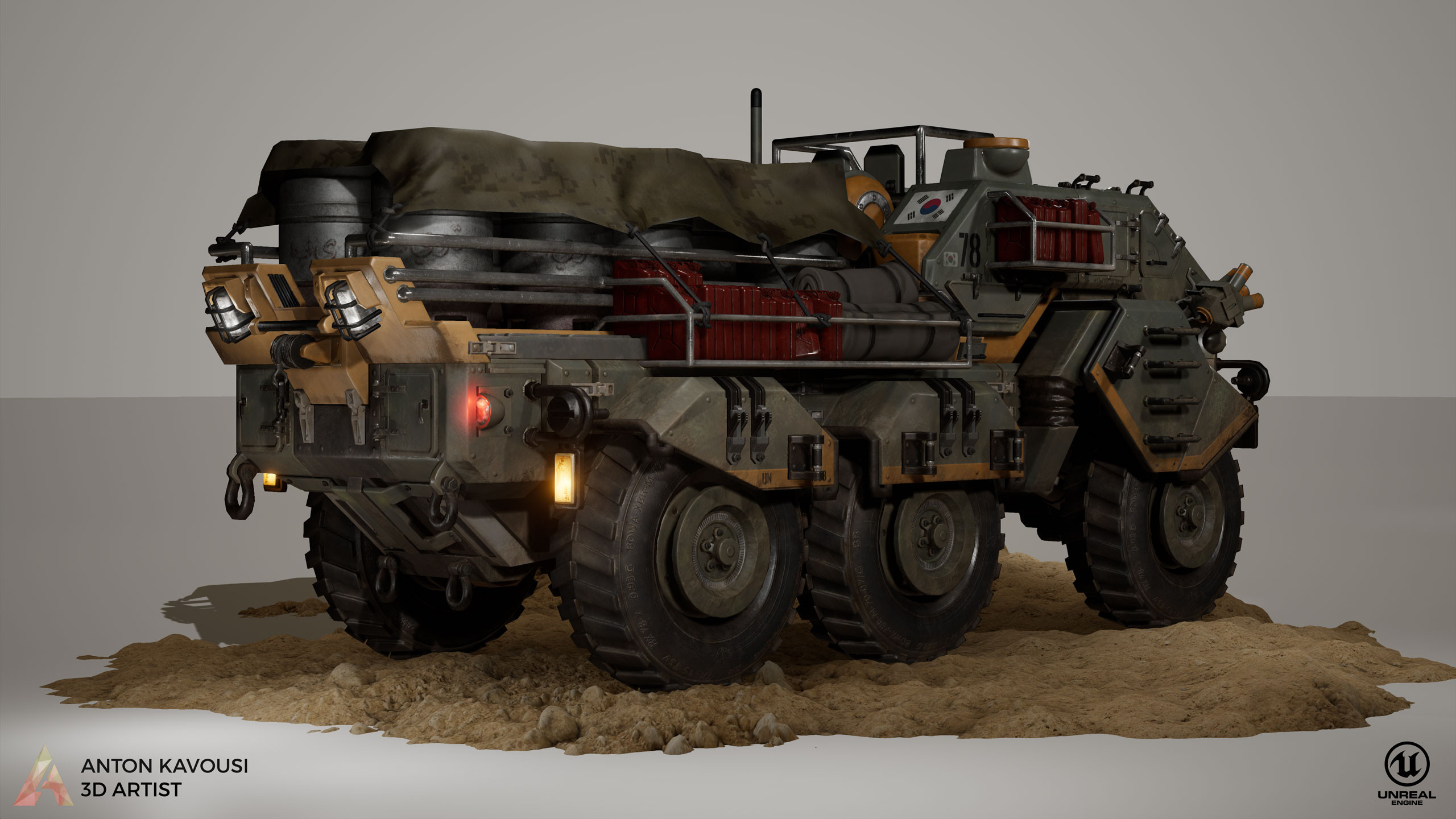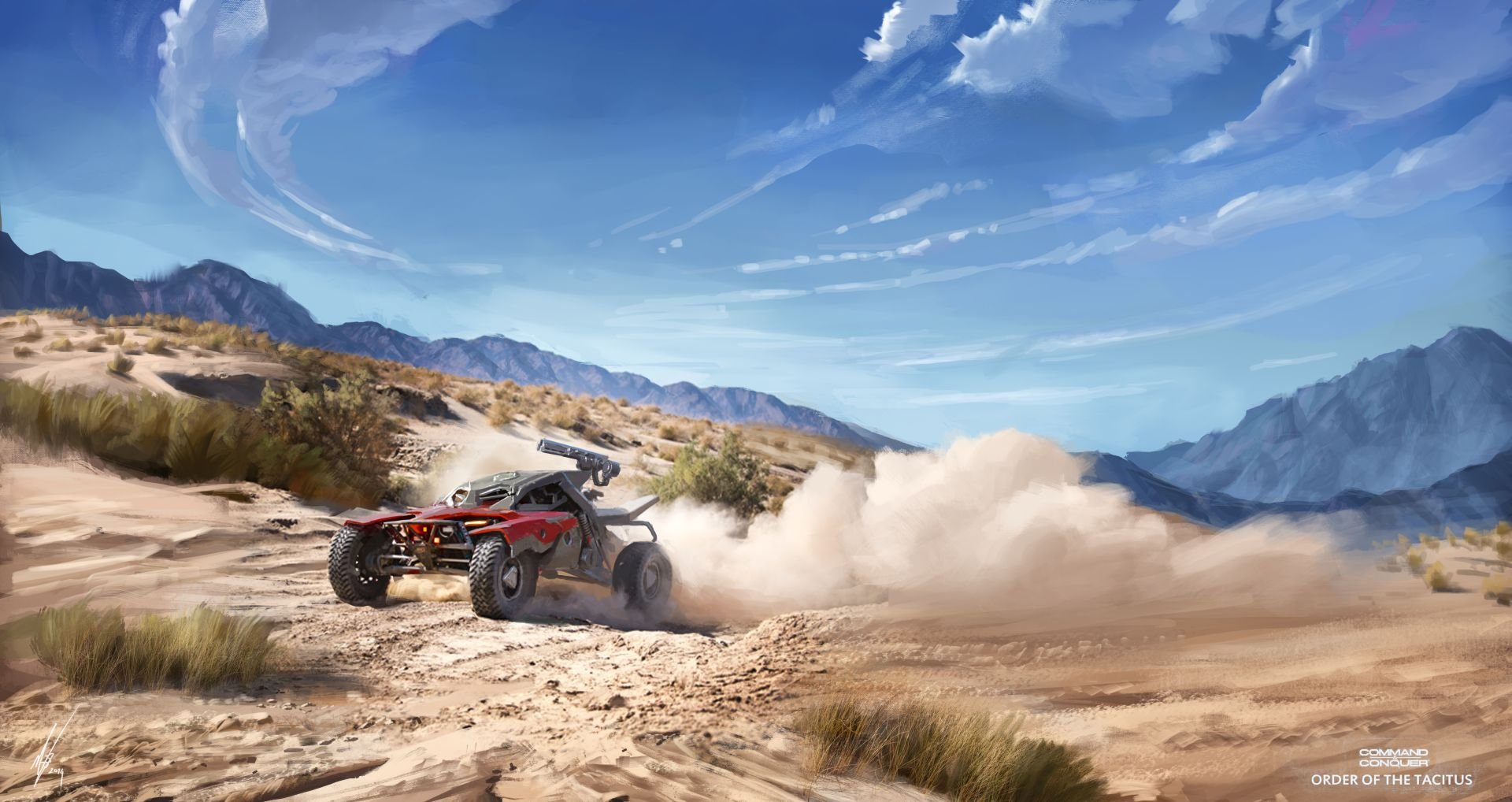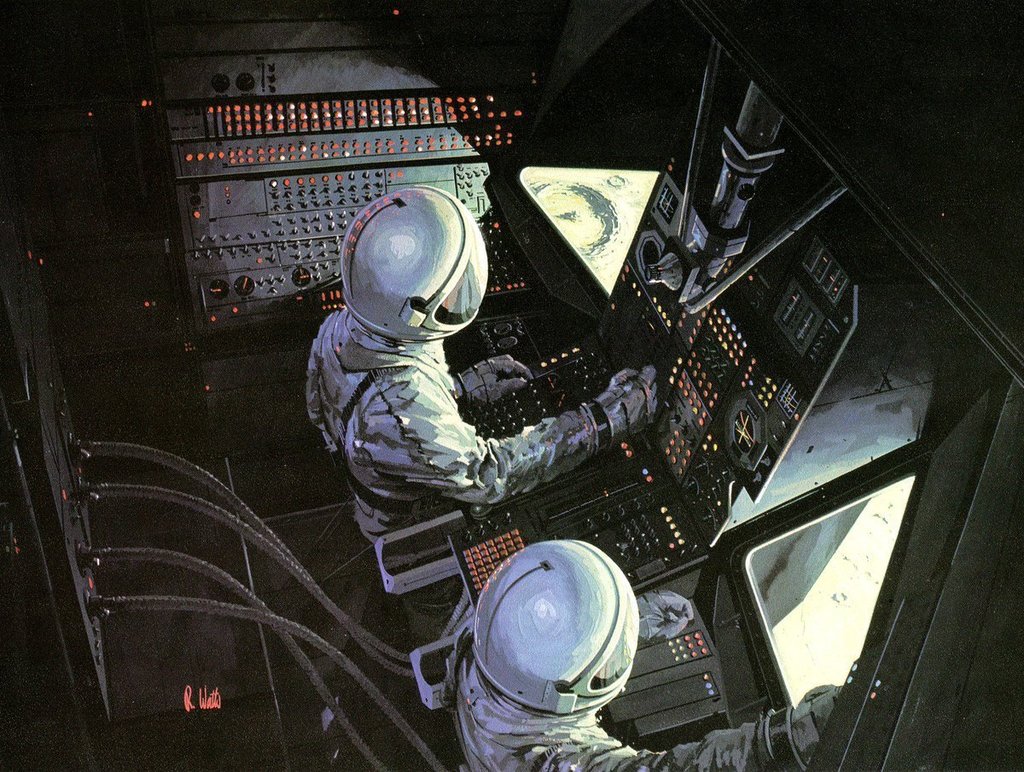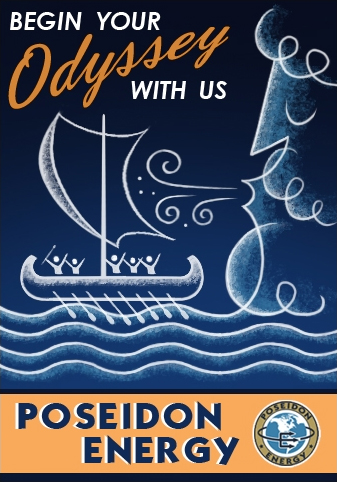Story Fundamentals
Construction of
Unity began in 2030.
Unity departed Lunar orbit in May 2071.
Unity reached the edge of the Alpha Centauri star system in 2115.
The setting is one of cassette futurism. Consumer technology strongly resembles what we see in
Fallout.
The mid-twentieth century Atoms for Peace program resulted in widespread non-military use of atomics for civil engineering purposes. Industrial, and especially nuclear, disasters were a commonplace. Artificial island chains were built worldwide to help manage rising sea levels and increasingly catastrophic weather events. Nuclear power plants were a dime a dozen. Nuclear power made its way into many consumer products. A huge amount of nuclear-powered equipment was loaded aboard
Unity to assist with the colonization effort, and plans to terraform Chiron featured atomics.
In North America, the United States and Canada were gripped by a long period of social instability that led to a Second American Civil War and a Second Quebec Crisis. The Restored United States was made whole again after more than a decade of bitter fighting that devastated the South and Midwestern states, but corporations like the American Reclamation Corporation played an outsized role in government. The conflict pitted groups of so-called Hypersurvivalists, popularly called Holnists, and fellow travelers, including States Rights enthusiasts, against Unionists and undecided communities, and it tracked mostly according to modern political sensibilities. After a period of ineptitude, Union reaction was extremely heavy-handed, notwithstanding a general amnesty issued soon after reunification. The Kellerites (Tribals) became a punching bag for both sides. The Holnists envied the success of Kellerite communities while Federal forces had difficulty distinguishing Kellerites from Holnists or were influenced by Holnist propaganda in spite of themselves. Separately, Soviet, French, and U.N. involvement helped Quebec to assert permanent independence.
The legacy of the war influences our story in two ways. First, hypersurvivalism didn't die. A large number of hyper-survivalists smuggled themselves onto
Unity and stayed a mutiny just after the ship was struck by a rogue micrometiorite. The mutiny crippled damage control efforts and, in the chaos, the expedition's leader, Captain Jonathan Garland, was assassinated by an unknown assailant. The mutineers, consisting of Spartans and their Holnist allies, escaped to the surface after much indiscriminate killing. Second, many people became open to the idea that corporations could do more for them than national governments, providing purpose (and therefore dignity) along with a guarantee of basic necessities through work programs during the long post-war reconstruction.
A short, sharp nuclear war ruined the Indian Subcontinent in the early twenty-first century. The U.N. funded an attempt to resettle millions in the so-called Indian Ocean Expansion Zone (IOEZ, colloquially known as the "Big E-Z") on thousands of artificial islands, platforms, and reefs, and later, Antarctica and undersea. Knowledge of how to deal with radiological contamination advanced by leaps and bounds. So did understanding of the techniques needed to build pressure hulls for the abyssal depths.
China and the Soviet Union were beset with internal problems of their own, and therefore invested heavily in a suite of "re-socialization" technologies, including something called the Nerve Staple, which is virtually self-explanatory. These compliance tools made it aboard
Unity despite the misgivings of the United Nations.
The Americans militarized space before the Soviets, but the Soviets called the American bluff and escalated indirect conventional confrontations worldwide on the assumption that the Americans would not engage in a preemptive first strike. This gamble was correct, and the Americans responded by farming out Rollback to various allies including the British, Belgians, Dutch, Portuguese, Iranians, South Koreans, Taiwanese, Argentines, Chileans, Pakistanis, and South Africans. That explains some of the unusual character backgrounds.
By the time of
Unity's departure, permanent scientific and commercial operations were established as far out as Neptune. The Moon and Mars boasted populations in the low hundreds of thousands. Nuclear pulse propulsion was the most common method used for space travel.
Contribute to the Ongoing Story!
Feel free to contribute your own questions, comments, reactions, and ideas. This is an exercise in worldbuilding, mostly. Letting the imagination soar.
I do ask that everyone follow some first principles.
- Tensions on Unity and Chiron arise from ideological preferences, not nationalistic sentiment. Groups and individuals have sharp axes to grind over what happened back on "Old Earth," and national symbols are a treasured form of nostalgia for the survivors, but their politics revolve around how we should live, not who we should live with.
- Each faction answers three implicit questions in a different way. First, what is the fundamental truth of the universe? Second, why did civilization on Earth fail? Third, what is needed for our species to survive, and thrive, in the future? Thus, for the University of Planet, the answers are as follows. First, that every problem can be understood and overcome through the empirical process. Second, because religion and folkways were favored over embracing the technological tools that could have prevented cataclysm. Third, a program of scientific inquiry unrestrained by conventional ethics.
- Each faction leader is an intellectual. Most have obtained a doctorate. Most are superlatives. The scientists might be Fields medalists and Nobel finalists or even laureates. While few were national leaders, most were global thought leaders and all were influential within their respective occupational lanes. All are incisive.
- Each faction has a particular Affinity as well as a perspective on the question of attempting "Recontact." Affinities are a concept borrowed from Beyond Earth. They are an analytical shorthand for understanding the way in which a faction's ideology both oriented and constrained its cultural and scientific development.
- Please avoid creating new stand-alone factions that are too alike. Rule of thumb: if you're doubtful, present your faction as a sub-faction to the primary faction it most resembles, either as a subordinate entity or in rebellion.
- If you will contribute, first familiarize yourself with the contents of our GoogleDoc.
The Factions
The University of Planet, led by Academician Prokhor Zakharov (
The Technologist), intends to pursue scientific inquiry wherever it leads. Played straight, they are researchers. Subverted, mad scientists. Zakharov was a leading Soviet scientist. Zakharov was Chief Science Officer aboard
Unity.
Gaia's Stepdaughters, led by Lady Deirdre Skye (
The Conservationist), seek to live in symbiosis with Planet. Played straight, they are ecologists. Subverted, eco-terrorists. Skye was a prominent figure in the Green resistance movement. Skye was the mission's chief biologist.
The Human Labyrinth, also called the Hive, led by Chairman Sheng-ji Yang (
The Philosopher-King), will establish an enlightened despotism. Played straight, they are slaves of a great liar. Subverted, they will prove more resilient than any society before them. The Hive has been established beneath the Great Dunes. Yang spent most of his life in Communist reeducation structures. Yang was a Chinese political officer aboard
Unity.
The Spartan Federation, led by Colonel Corazón Santiago (
The Survivalist), champions a philosophy of antagonistic self-reliance called Survivalism. Played straight, they are sociopathic marauders. Subverted, a corps of cadets that take themselves far too seriously. Santiago was a former gang member and fellow traveler of the Hypersurvivalist movement. She is a veteran of the Second American Civil War. Santiago was a stowaway aboard
Unity.
Morgan Industries, also called the Dynamic Enterprise and led by CEO Nwabudike Morgan (
The Mogul), is all about conspicuous consumption. Played straight, they are a company town. Subverted, geniuses who know the futility of tampering with human nature. Morgan was an arms dealer who became the world's richest man. Morgan Industries was one of the twelve prime contractors for the Unity Project. Morgan was a stowaway aboard
Unity. Officially, Morgan is attempting to achieve the so-called "energy monopoly" on Planet.
The Peacekeeping Forces, led by Commissioner Pravin Lal (
The Humanitarian), are the last remnants of the original mission. Played straight, they are the United Nations at its best. Subverted, they are the United Nations at its worst. Pravin Lal was formerly Chief of Staff to the U.N. Secretary-General. Lal was the mission's Chief Medical Officer.
The Lord's Conclave, led by Sister Miriam Godwinson (
The Shepherd), is a group of religious pilgrims and their wards. Played straight, they are a faith community confronting the Apocalypse. Subverted, a new Crusade. Godwinson was an ally of the United States Government during the Second American Civil War. Godwinson was a Psych Chaplain aboard
Unity.
The Human Tribe, led by Selectman Peter "Pete" Landers (
The Defender), are anti-disestablishmentarians. In other words, compound cultists without the religious bent. Played straight, they are communalists trying to overcome past trauma. Subverted, they are consumed by dreams of retribution for pains suffered on Old Earth. Landers is a U.S. Army deserter and protégé of the cult leader Jean-Baptiste Keller.
The New State, also called L'État nouvel, led by Contre-amiral Raoul André St. Germaine (
The Aristocrat), is an experiment in latter-day feudalism inspired by Salazarism. Played straight, they are finding the middle ground between personal freedom and group cohesion. Subverted, they are giving in to fascistic temptations. The New State has fled to the deep seas of Chiron. St. Germaine was a member of the French colonial army. St. Germaine was head of the mission's Aquatic Operations Division.
The Hunters of Chiron, led by Game Warden J.T. Marsh (
The Adventurer), are nomadic work crews determined to prove themselves on the great frontier. Played straight, they are adrenaline junkies who refuse to fit in conventional society. Subverted, they are merely buccaneers. J.T. Marsh is an ex-special forces soldier turned big game hunter. Marsh was head of the Forward Contact Team responsible for preparing the first colony ahead of general disembarkation. He landed on Chiron a month in advance of the
Unity Crisis in which the ship was lost.
The Children of the Atom, led by Plotter Johan Anhaldt (
The Programmer), have created a great computer to manage every aspect of their lives. Played straight, they are redefining man's relationship with machines. Subverted, they are giving up on Free Will. Anhaldt was responsible for the mission's Atomic Computing Lab.
The New Two Thousand, also called Pilgrims, led by Governor Oscar van de Graaf (
The Empresario), are charter colonists seeking an opportunity to live out a frontier fantasy. Played straight, they are settlers who occupy that liminal moment that comes before civilization takes firm hold. Subverted, they are the kind of people who perpetrate range wars. Van de Graaf is an American industrialist and ex-Cabinet member who helped fund the
Unity mission in return for being granted a proprietary colony charter.
The Human Ascendancy, led by Director Tamineh Pahlavi (
The Supremacist), want to force the next step in human evolution. Played straight, they are something like The Institute or whatever the Cloning Guild represents in the
Star Wars Expanded Universe. Subverted, they are trying to outrun death itself. Pahlavi was responsible for the mission's genetic library.
The Dreamers of Chiron, led by Factor Roshann Cobb (
The Dreamer) and Dr. Aleigha Cohen (
The Transgressor), are drug addicts and their captives. Played straight, they are a violent gang doomed to self-destruction. Subverted, they are calling attention to the real frontier: the human psyche. Cobb is an ex-MI6 officer and pharmaceutical scion. Cohen was a leader in psychological research that saw her blackballed in Western academia.
The Shapers of Chiron, led by Shoichiro Nagao (
The Penitent), seek to terraform Planet into Earth. Played straight, they are homesick. Subverted, they are committing planetary genocide. Nagao was a leader in environmental recovery at Fukushima and elsewhere.
The Tomorrow Institute, led by Sathieu Metrion (
The Preserver), is determined to preserve and share the intellectual legacy of Earth as captured in the ship's data core. Played straight, they are highly-motivated librarians. Subverted, they are putting principle ahead of common sense by putting certain knowledge into the hands of unscrupulous people for its own sake. Metrion is responsible for
Unity's Information Services Division.
The Memory of Earth, led by Commander Kleisel Mercator (
The Cynic), is attempted to unite the factions against an assumed external threat. Played straight, they have correctly internalized the lessons of the Cold War. Subverted, they are following in the footsteps of "Spooky" Mulder. Mercator was commander of the
Unity's air assets.
SMACERS, a creation of
@Strategos' Risk, are Scroungers, Malcontents, Antisocialites, Criminals, Exiles, and Rogues living free and dying hard outside the mains settlements.
Affinities
Purity
Humanity will forever be defined by our experience in the cradle of "Old" Earth. If Chiron is to be the last refuge of our species, then we should fill it with things that are familiar, both the physical and metaphysical. Planet should be remade in Earth's image. Likewise, humans can reach their maximum potential only if they preserve the traditions, artifacts, and, yes, the biological distinctiveness, inherited from their ancestors.
Purists look forward to eliminating the "pestilential" xenofungus and replacing the local ecology. The Shaper faction calls this process "rebuilding." At larger scales, Purists hope to stimulate the planetary Greenhouse Effect through a massive infusion of atmospheric hydrocarbons. Purist societies suffer less from the social dislocation of pollution and terraformation, which is an accepted cost of their grand project.
Purists prefer doctrine and ideology that presume a fixed and corruptible human nature, in need of close and constant tending. Culturally, Purists have a hard time giving up the routines they left behind. Some factions still use the 24-hour clock or Gregorian date-keeping.
Technology is a problem for Purists. Humanity has a physical dimension, with needs that cannot be satisfied through mental activity alone. Mechanization is synonymous with loss of authenticity, artistry, and, ultimately, dignity. Purists warn that cybernetics and mind-altering drugs are actually or potentially unsafe.
In conventional terms, a Purist is temperamentally sentimental and suspicious. This manifests in different ways. Purists prefer real beef to synthetic meat. Kellerites (Tribals) still eat communal meals. The New State restricts civilian access to the Planetary Datalinks. Members of the Tomorrow Institute interact with Chiron through bulky encounter suits.
Purist factions include the Lord's Conclave (Godwinson), the Human Tribe (Landers), the Shapers of Chiron (Nagao), the New State (St. Germaine), the Human Ascendancy (Pahlavi), and the Tomorrow Institute (Metrion).
Supremacy
Both Man and Planet alike bear changing in the honorable search for objective perfection. The simple goal of our species is to perpetuate itself—by any means necessary. Stronger is better. Faster is better. In this race against a pitiless universe, and indeed a hostile planet, we would hamstring ourselves to overlook any advantage. Supremacists embrace the possibility of social and ecological experimentation, which will serve as the forcing function to produce new insights about how now we must live.
Supremacists seek out what is practical and efficacious. They are neither above the introduction of invasive species nor below giving way to Planet when adaptation would be less work than resistance. Humanity is what Supremacists make of it. Machines are tools. Their use and sophistication can do nothing to invert the relationship between master and servant.
Since growth is the chief yardstick of success, the familiar is contemptible to Supremacists. "Humanity" is a concept that can be redefined at whim.
Supremacists are more likely to augment themselves with the mind/machine interface. They might use psychoactive substances for work and recreation. They trust in machines to take on tasks that demand the application of subjective judgement, not just high precision.
Supremacist factions include the Human Labyrinth (Yang), the Centauri Monopoly (Morgan), the University of Planet (Zakharov), the Spartan Federation (Santiago), the Dreamers of Chiron (Cobb/Cohen), the Children of the Atom (Anhaldt), and the New Two Thousand (Van de Graaf).
Harmony
Humanity, the intruder, must alert its rhythms to suit those of Chiron, or else perish in its obstinacy. The wisest understand that one does not merely make a home so much as one is made by it. The trappings of Old Earth are useful only inasmuch as they can be relied upon to temporarily bridge the gap between mere survival and full-fledged integration into the existing biosphere of Chiron, which, if it is to be preserved in functional condition, should be as little perturbed as possible.
Harmony, which takes its cues from living things which are classically vulnerable to tampering and thrive within carefully-controlled parameters of diet and temperature, says little about the utility of artificial intelligence. Persons inclined to Harmony usually wish to experience Planet directly. Creating mechanical servitors to do so in their place is rarely at top of mind.
Factions that promote Harmony usually practice lifestyles that require avoidance of traumas on the land. They are also, on the whole, fairly sympathetic to the nonconformist. For a Harmonist, the defining feature of a system is that it is complex and interactive, rather than that it is predictable, or even successful. Folkways are inherently legitimate as an expression of self, which can be as important as allegiance to an illusory "public-interest" objectivity.
Harmonious factions include Gaia's Stepdaughters (Skye), the Peacekeeping Forces (Lal), and the Hunters of Chiron (Marsh).
Recontact
Recontact means the attempt to restore communications with Old Earth.
This is problematic for several reasons. First, it usually means a return to space, which could be provactive depending on one's point of view. Second, the mission was launched with the assumption that Earth would very soon be incapable of sustaining human life. The smart money says that there is nobody left to answer the call home. Third, any follow-on from Earth carries complications. Do the Morganites want any competition in their pursuit of a planetary monopoly? Do the Kellerites or the Spartans want to reopen old wounds? Does Roshann Cobb want to answer to his estranged father?
